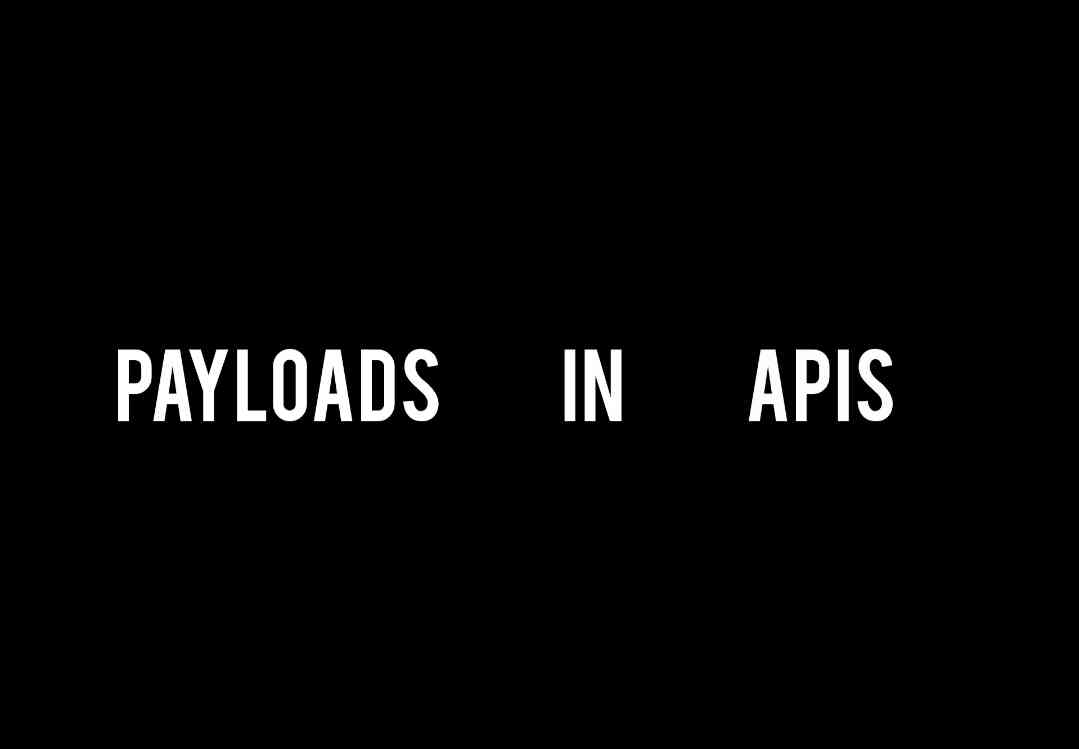You're Already Part of Something Special
We've noticed you love the content here. Why not take it to the next level?
💎
Create a page for your brand and business
✨
Create content &contest and earn real money
🏆
Join exciting contests with cash prizes
💝
Receive tips from your biggest fans


Be the first to show love! 🚀
Start something amazing - your support inspires creators!